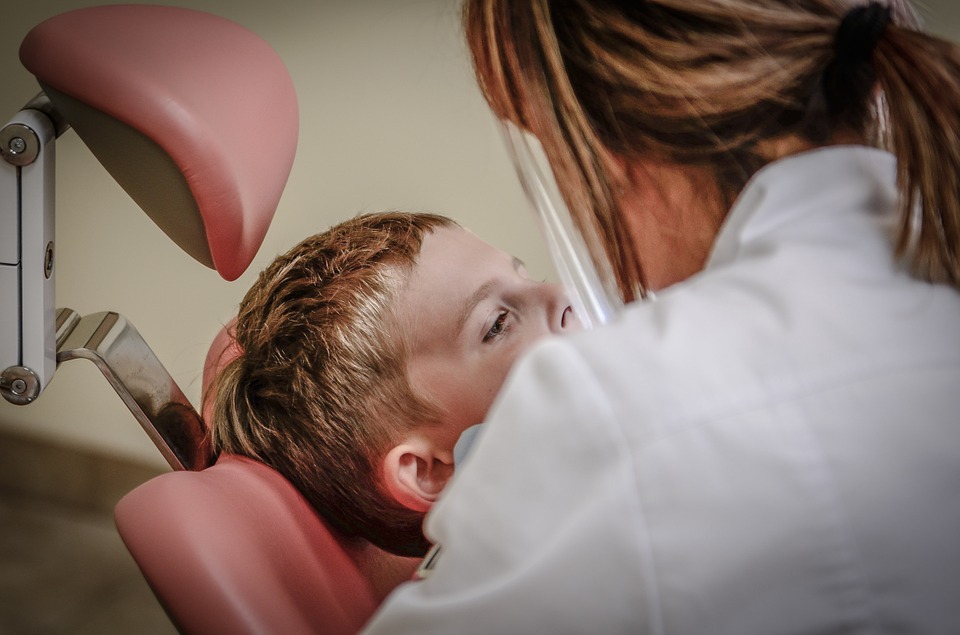
Dental teams could play an integral role in identifying people at high risk of developing Type 2 diabetes as well as in the early detection of the condition in those who are undiagnosed, new research suggests.
The systematic review, led by researchers in the University of Birmingham, found that using risk assessment tools such as patient questionnaires and point of care blood testing within a dental surgery setting could lead to better outcomes for patients and improved management of the condition.
Severe periodontitis – or gum disease – is significantly linked to Type 2 diabetes, a condition that is thought to affect approximately 422 million adults globally (according to the World Health Organisation). As T2DM is asymptomatic in its early stages, many individuals can remain undiagnosed for many years. However, with established links between compromised glycaemic status and oral health, dental professionals could be vital in the identification of the condition.
Lead researcher Professor Iain Chapple, Head of the University of Birmingham’s School of Dentistry said: “Our review identified positive attitudes of physicians, dental team members, patients and the public towards risk assessing and early case detection of diabetes and pre-diabetes within the dental surgery. Patients also strongly supported tests being undertaken that provided immediate results.
“Not only does this demonstrate that there may be benefit in engaging the dental workforce to identify these cases, but also shows a need for a more joined up approach to care pathways between physicians and dental practitioners.”
The work builds on joint international guidance published last year on gum disease and diabetes, which recommends closer working pathways between oral health care professionals and physicians, and a commissioning standard issued in 2019 by NHS England, setting out a vision for the implementation of such joint working practices. The Birmingham team were heavily involved with both publications.